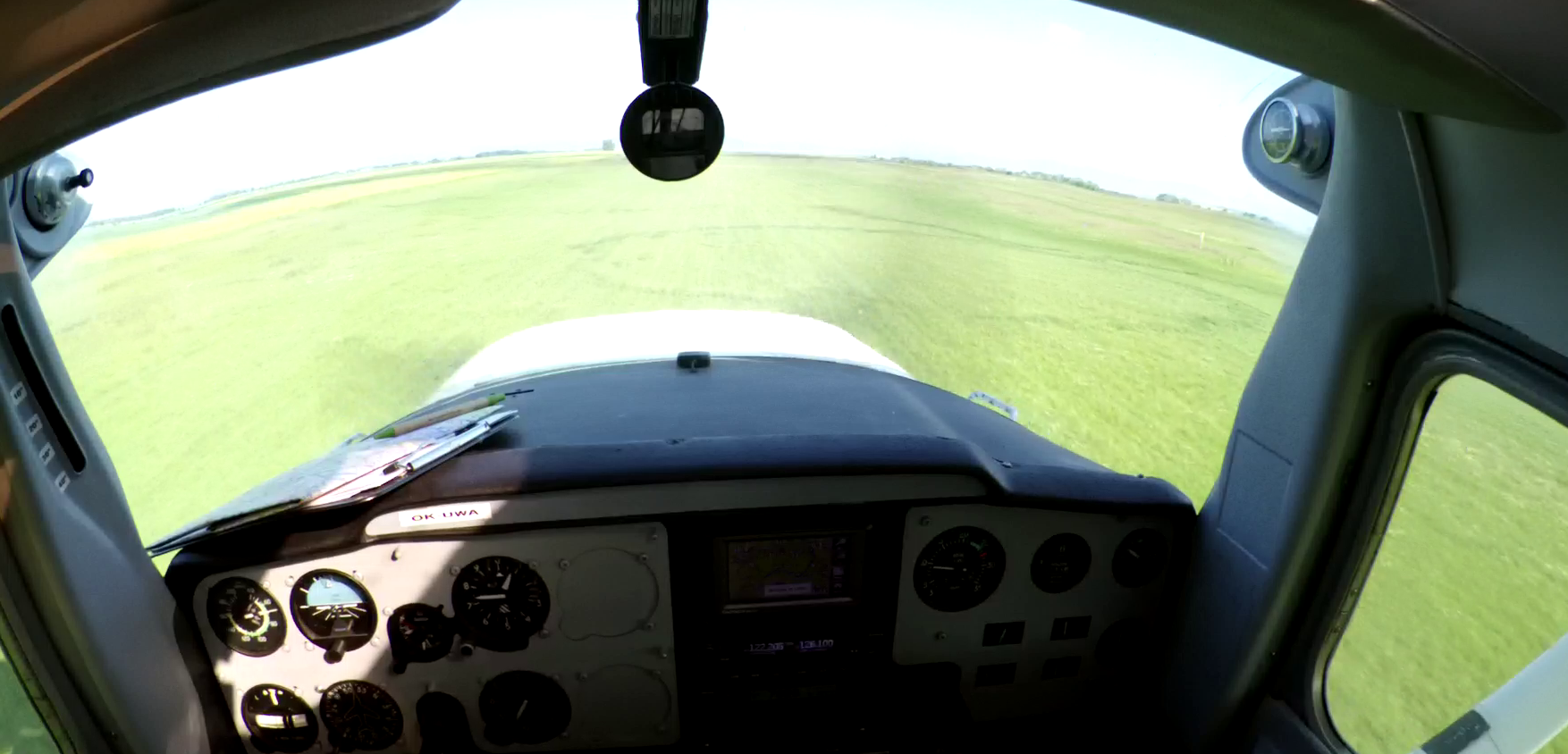I enjoy exploring new aerodromes as they may appear similar, but each one has its unique characteristics. While I acknowledge that my experience as a pilot was still limited when I wrote this post, I believe this holds true for much more experienced pilots as well.
I’ve already shared my thoughts about grass and concrete runways in the previous post, and today I have something to add.
The main difference between a grass and concrete runway is that brakes are much less effective on grass, and takeoff requires a longer distance. On an uneven surface, especially with small rocks, one should be extremely cautious while taxiing to prevent the propeller from touching the ground.
Today, we flew circuits at an aerodrome with a grass runway. However, the runway itself was rather uneven and rough. It had a slope, and there were small bumps and hollows. Additionally, the grass was very uneven, and did not cover the entire runway. Actually the differences between landings on a grass and concrete runway are minor, but I still prefer concrete runways anyway.
Here is a picture that shows what approaching a grass runway looks like from a cockpit:

Leave a Reply